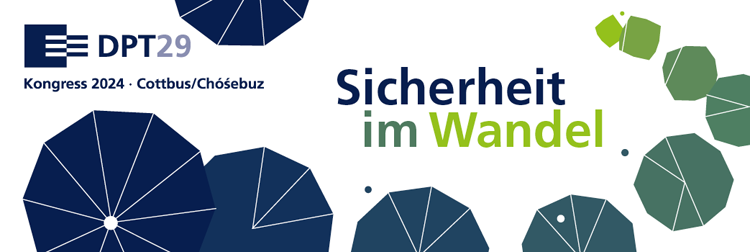The Internal Brakes on Violent Escalation: A Descriptive Typology
Why do some ‘extremists’ or ‘extremist groups’ choose not to engage in violence, or only in particular forms of violence? Why is it that even in deeply violent groups there are often thresholds of violence that members rarely if ever cross?
This report published by the Centre for Research and Evidence on Security Threats helps academic researchers and security, law enforcement and intelligence analysts develop a better understanding of decision-making within extremist or terrorist groups/movements by enabling analysis of a largely neglected dimension of their decision-making: the mechanisms through which group members themselves seek to inhibit or set parameters around the adoption of new or more extreme forms of violence – what we refer to as the ‘internal brakes’ on violent escalation.
The authors used three very different case studies to construct, test and refine the typology: the transnational and UK jihadi scene from 2005 to 2016; the British extreme right during the 1990s, and the animal liberation movement in the UK from the mid-1970s until the early 2000s.
Get more information about the research project and download the report. You can find the executive summary of the report here.
www.praeventionstag.de

